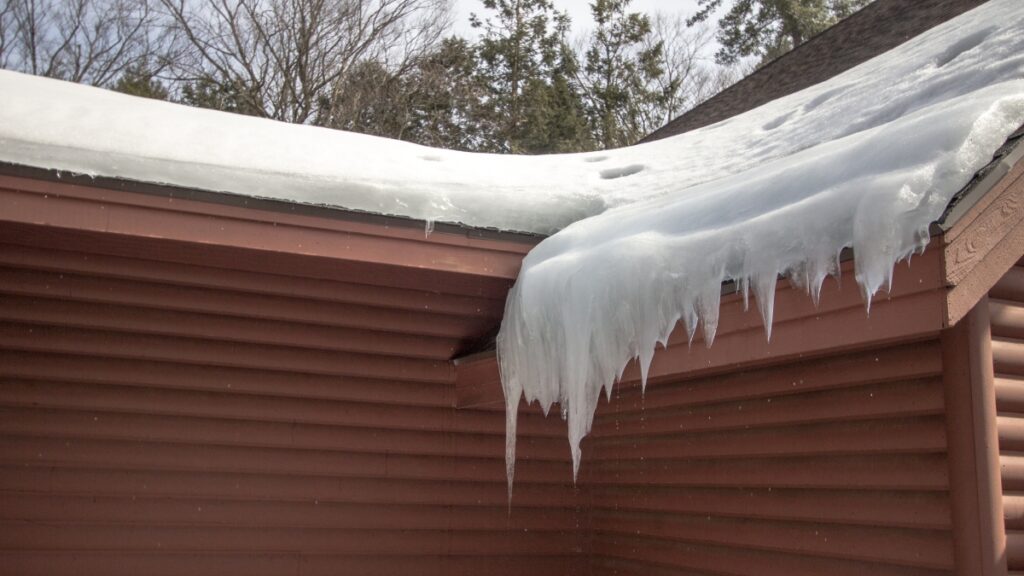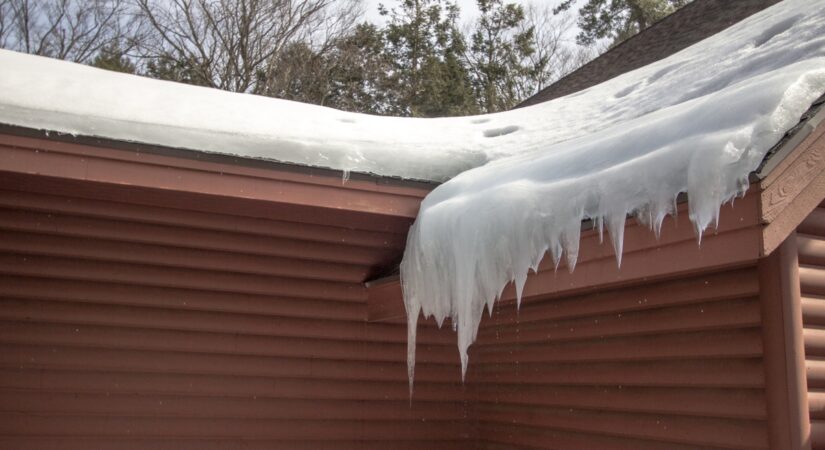
It's that Time of Year: Preventing Ice Dams
As winter’s icy grip tightens, homeowners may find themselves battling the menacing phenomenon of ice dams. Ice dams occur when heat escapes from a warm attic, melting the snow on a roof, which then refreezes at the edges. This cycle can create significant ice buildup, causing water to back up under shingles and potentially lead to costly damages like leaking roofs or warped floors. Fortunately, preventing ice dams is possible with a blend of timely maintenance and strategic improvements to your home’s insulation and ventilation systems. Here are the top ways homeowners can prevent ice dams and safeguard their homes from winter’s wrath.
1. Enhance Attic Insulation
One of the primary causes of ice dam formation is the loss of heat through your attic. By improving the insulation in your attic, you can keep the warmth where it belongs, in your living spaces, and maintain a colder roof temperature to prevent snow from melting and refreezing at the edges. Ensure your attic has a minimum of R-30 insulation, and remember, the higher the R-value, the better the insulation.
2. Improve Attic Ventilation
A well-ventilated attic helps maintain a uniform roof temperature. Ventilation systems, including soffit, ridge, and gable vents, allow cold air to enter the attic and warm air to escape. This balance is crucial in preventing the uneven melting and refreezing of snow on your roof, which leads to ice dam formation.
3. Seal Attic Bypasses
A significant amount of heat can escape through gaps and cracks around light fixtures, plumbing pipes, attic hatches, and other ceiling penetrations. By sealing these bypasses with caulk or expanding foam, you can significantly reduce heat loss, minimizing the chances of ice dam formation.
4. Use Roof Rakes
After heavy snowfall, use a roof rake to remove snow from the edges of your roof (within a 3-4 foot range). This can prevent ice dam formation by removing the source material (snow) that melts and refreezes at the roof’s edge. Be cautious not to damage your shingles in the process.
5. Install Heated Cables
Before the cold season strikes, consider installing heated cables along the edges of your roof. These cables can help prevent ice dams by creating channels for melted snow to drain off your roof. While not a permanent solution, heated cables can be a useful temporary measure for homes particularly prone to ice dams.
6. Remove Debris from Gutters and Downspouts
Ensure your gutters and downspouts are clean and clear of leaves, twigs, and other debris. Blocked gutters can lead to water backing up and freezing at the edge of the roof, contributing to ice dam formation.
7. Regular Roof Maintenance
Regularly inspecting your roof for signs of wear and tear can prevent water damage from ice dams. Replace missing, damaged, or aging shingles and keep an eye out for any vulnerabilities in your roof’s structure.
Preventing ice dams is an integral part of maintaining your home’s integrity during the cold winter months. By taking proactive steps to improve insulation, ventilation, and performing regular maintenance, homeowners can safeguard their homes from the potentially damaging effects of ice dams. Stay warm, stay safe, and take the necessary precautions to ensure your home remains a comfortable haven all winter long.



